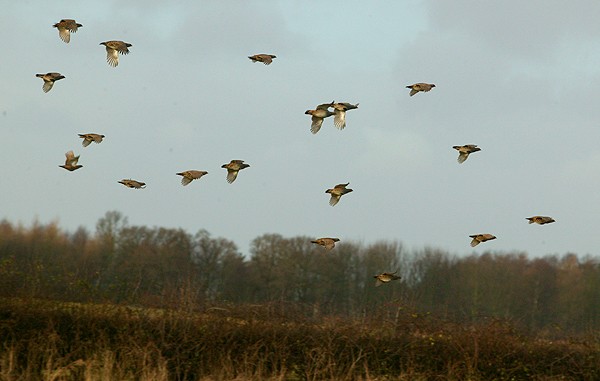The north/south divide of birds

While numbers of woodland birds are up by as much as 42 per cent since 1994 in parts of the north, the story in the south is markedly different.
The statistics are part of DEFRAs new league table, Wild bird population indicators for the English regions: 1994-2007, which was published on 12 May. DEFRA has used figures from the Breeding Bird Survey, which is carried out by the British Trust for Ornithology and the RSPB, to plot fluctuations of bird populations in different English regions.
Of all the species, farmland birds have seen the steepest decline across England the only two areas to see a rise are the north-east and the Yorkshire and Humber regions. The south-east is at the bottom of the farmland bird league table with a 27 per cent decline in population.
The Game & Wildlife Conservation Trusts Dr Stephen Tapper said that the Government needs to take decisive action: DEFRAs wildlife minister, Huw Irranca-Davies, is right to highlight the dwindling numbers of birds. The recent loss of set-aside will not have helped. It is important that we develop a conservation programme to replace set-aside immediately, and that it is a programme that will have the enthusiastic support of farmers.
The RSPBs Richard Gregory commented that the figures reflect the intensification of farming across England: Broadly speaking, the further north you go, the less intensive the farming. In addition, there seems to be a clear indication of the effects of climate change in these trends. On a European scale we have witnessed bird population trends correlating with climate projections, so we would expect the effects of climate change in the UK to be felt more in the south.
The rest of this article appears in 21 May issue of Shooting Times.
What is YOUR opinion?
Join other ST readers in our forums to discuss your views.
Like this article? Mark this page on a social bookmarking website…
![]()
What are social bookmarking sites?








